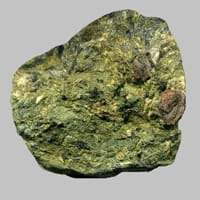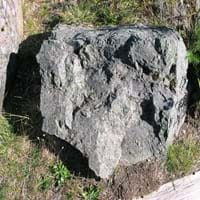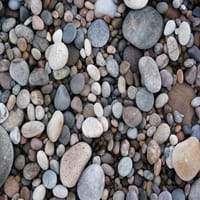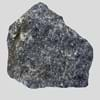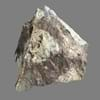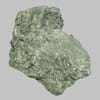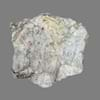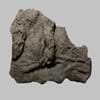Greenschist is a metamorphic rock that is formed under lowest temperatures and pressures and is usually produced by regional metamorphism 0
From minerals such as chlorite, serpentine, and epidote, and platy minerals such as muscovite and platy serpentine which are green in color 0
Durable Rock, Medium Hardness Rock 0
Coarse Grained Rock, Fine Grained Rock, Medium Grained Rock, Opaque Rock 0
Dark Greenish - Grey, Green 0
Bathrooms, Countertops, Decorative Aggregates, Entryways, Homes, Interior Decoration 0
As Building Stone, As Facing Stone, Paving Stone, Garden Decoration, Office Buildings 0
As Dimension Stone, Building houses or walls, Cement Manufacture, Cutting Tool, for Road Aggregate, Roadstone 0
Blackboards, Manufacture of tools, Writing Slates 0
Easily splits into thin plates, Smooth to touch 0
Archaeological Significance
0
Greenschist is medium grade metamorphic rock, formed by the metamorphosis of mudstone or shale, or some types of igneous rock, when it is subjected to higher temperatures and pressures. 0
Alusite, Amphibole, Biotite, Chlorite, Epidote, Feldspar, Garnet, Graphite, Hornblade, Kyanite, Micas, Muscovite or Illite, Porphyroblasts, Quartz, Serpentine, Sillimanite, Staurolite, Talc 0
CaO, Carbon Dioxide, MgO 0
Biological Weathering, Chemical Weathering 0
Chemical Erosion, Coastal Erosion, Glacier Erosion, Sea Erosion 0
Medium to Fine Coarse Grained 0
Impact Resistant, Pressure Resistant, Water Resistant 0
Deposits in Eastern Continents
0
Afghanistan, Bangladesh, Bhutan, China, India, Japan, Kazakhstan, Malaysia, Pakistan, Russia, Thailand, Turkey, Vietnam 0
Egypt, Ethiopia, Morocco, Nigeria, South Africa 0
Austria, England, France, Georgia, Germany, Italy, Liechtenstein, Monaco, Norway, Slovenia, Spain, Sweden, Switzerland 0
Deposits in Western Continents
0
Canada, Costa Rica, Cuba, Mexico, Panama, USA 0
Brazil, Colombia, Guyana 0
Deposits in Oceania Continent
0
New South Wales, New Zealand, Queensland 0
Learn more about Properties of Greenschist
What is Greenschist? In this section, we will learn more about properties of Greenschist i.e. physical and thermal properties. Physical properties of Greenschist include Color, Streak, Hardness, Structure, Cleavage, Fracture, Luster, Specific Gravity etc. The strength of Greenschist is Not Available. Streak of Greenschist is white while its cleavage is slaty. Luster of Greenschist is shiny and its fracture is conchoidal. Greenschist is opaque in nature. Know all about Greenschist, What is Greenschist, its composition, features, facts and reserves in next sections.
Know about Composition of Greenschist
What is Greenschist composed of? Get to know about composition of Greenschist here. Greenschist definition gives information about the Formation of Greenschist and its composition.The composition of Greenschist can be further divided into mineral and compound content. The mineral content of Greenschist rock includes Alusite, Amphibole, Biotite, Chlorite, Epidote, Feldspar, Garnet, Graphite, Hornblade, Kyanite, Micas, Muscovite or Illite, Porphyroblasts, Quartz, Serpentine, Sillimanite, Staurolite, Talc and The compound content of Greenschist rock includes CaO, Carbon Dioxide, MgO. Almost all rocks undergo transformation process. Know all about Greenschist rock in next section.
